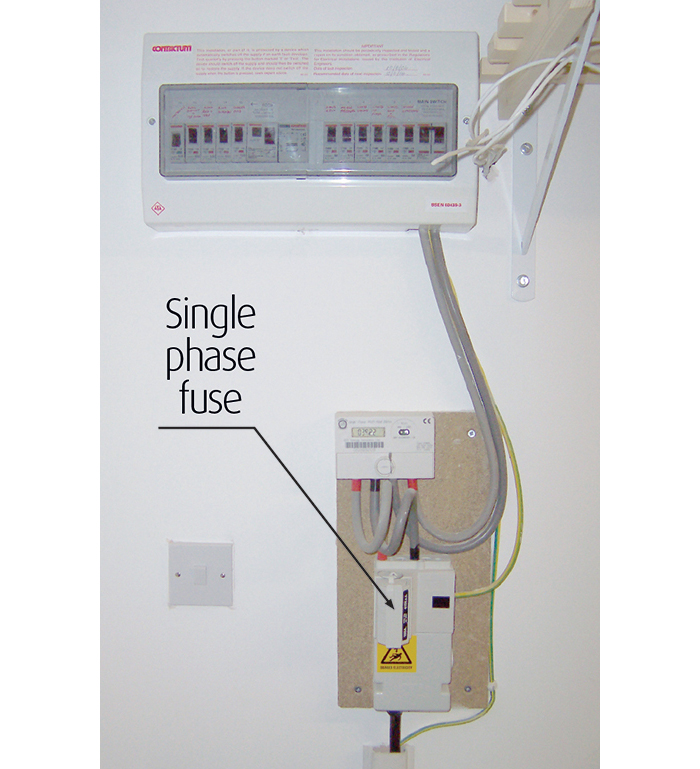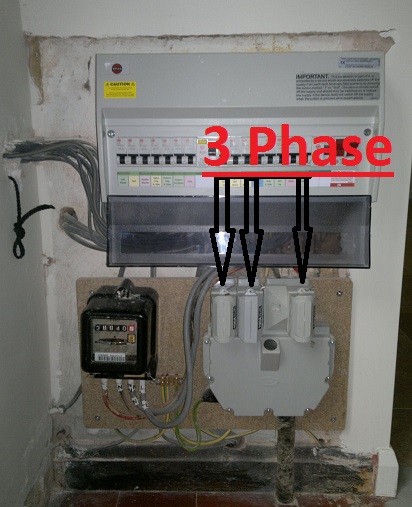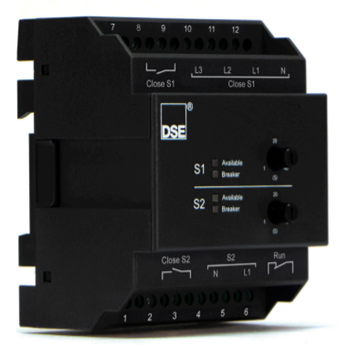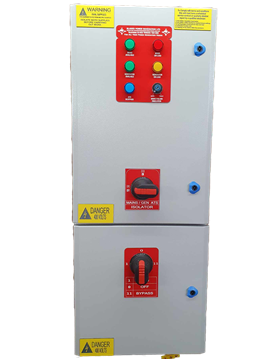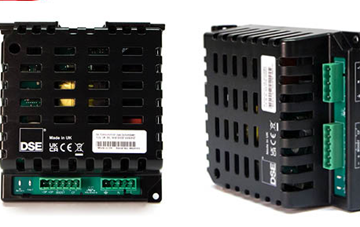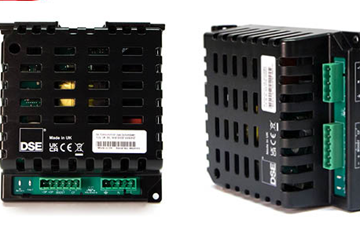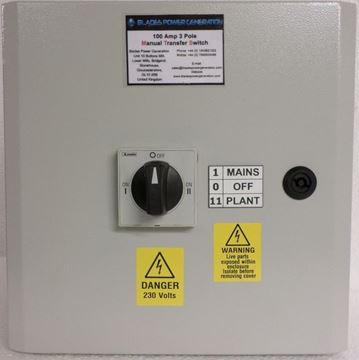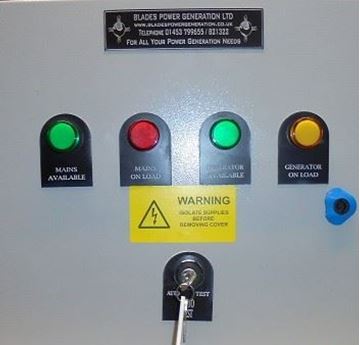Many homes and businesses choose to install a backup generator these days. Considering the ubiquitousness of electricity for every purpose these days, this is a smart decision since even a short blackout can have an outsized effect on business operations and even pose a safety risk.
However, while many make the decision to get a backup generator, they neglect to go the extra step and get an automatic transfer switch, which limits the utility of their generator. It is a good idea to have one to complement your generator and unlock its full usefulness.
What is an Automatic Transfer Switch?
An Automatic transfer switch is a device which, as the name implies, automatically transfers power sources from the main to the generator and vice versa in case of a blackout. It does so completely without human involvement and thus works as a huge saving of time and effort.
Automatic transfer switches provide a number of advantages over the traditional and obsolete method of manual transfer. These include -
- Safety - Not only do they reduce the risk of a fire, but they also improve safety by eliminating the need to mess around with complicated electrical equipment in the dark to manually switch power sources in the event of a blackout. This advantage alone is worth the cost of installation.
- Continuity - Many business operations, especially computer-based jobs or continuous production manufacturing, depend on an uninterrupted supply of power without any disruptions. The Automatic transfer switch proves super handy in these scenarios, as it switches power sources without a single pause.
Are You Looking for an Automatic Transfer Switch?
If you’re looking for an automatic transfer switch to install in your house or business, there are many factors to look at. Since an automatic transfer switch is a complex device, you should only get one from a reputable manufacturer to forestall any malfunctions, which could otherwise cost time and money to fix or even pose a fire safety hazard in the worst-case scenario.
A reputable manufacturer with a long history of producing quality electrical devices, such as automatic transfer switches, among many others, is Blades Power Generation. Their products are of the highest quality and receive great reviews in terms of safety, cost, durability and efficiency. Honestly, there is no better option than them for your automatic transfer switch needs, so you can check out their selection by clicking here.













